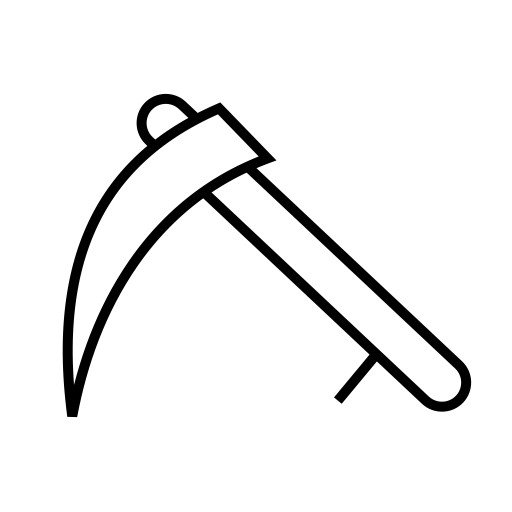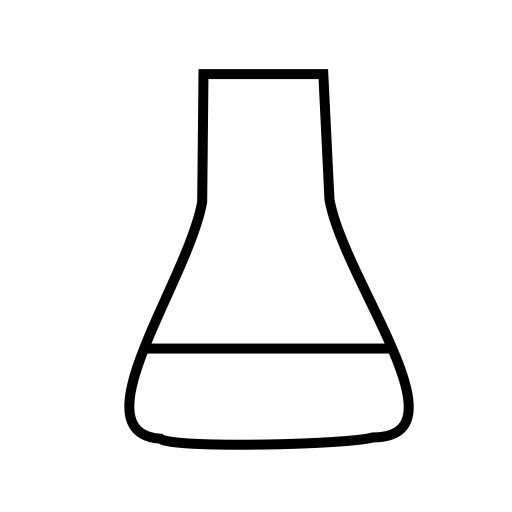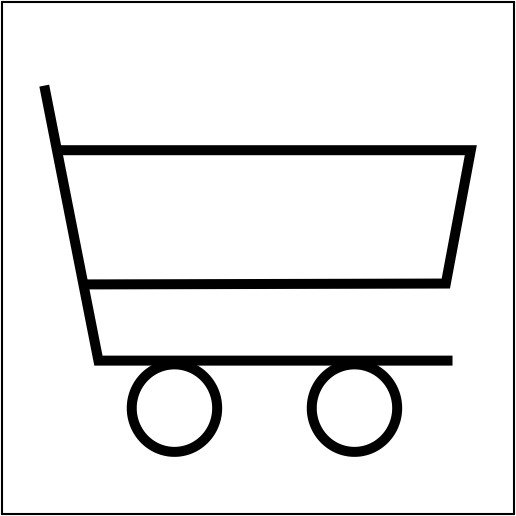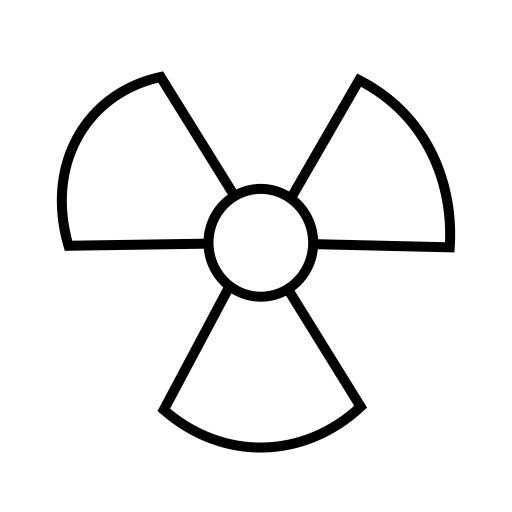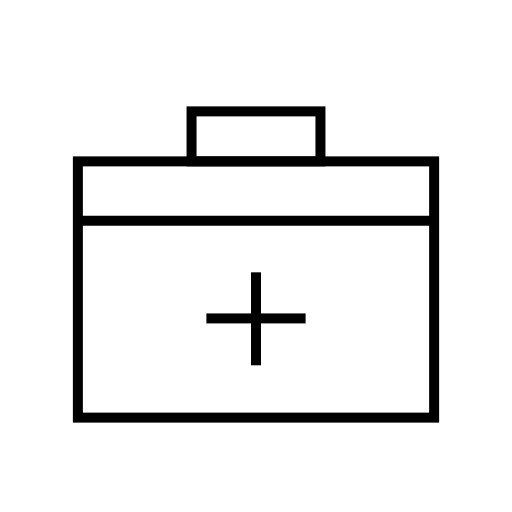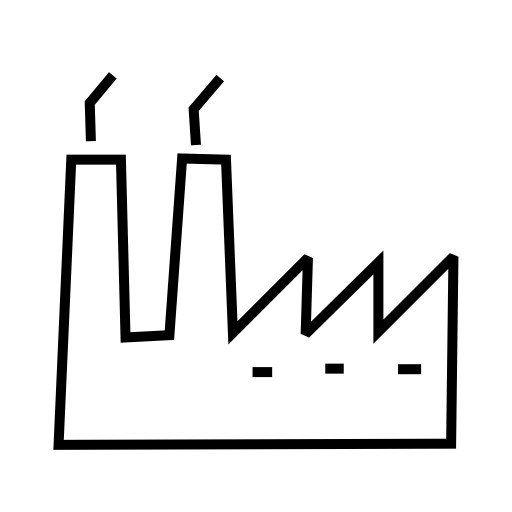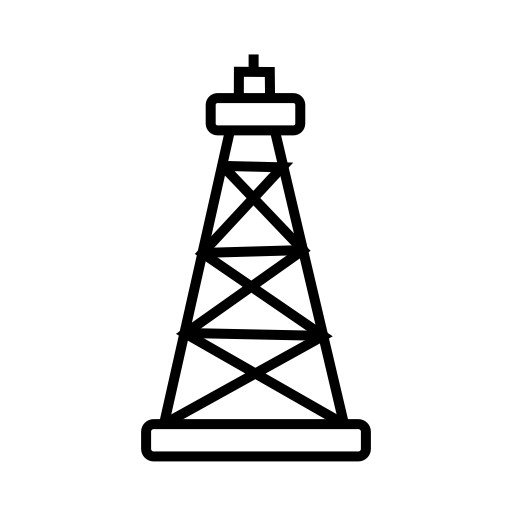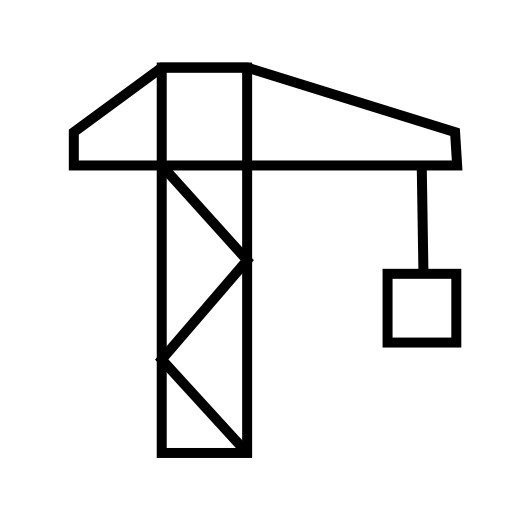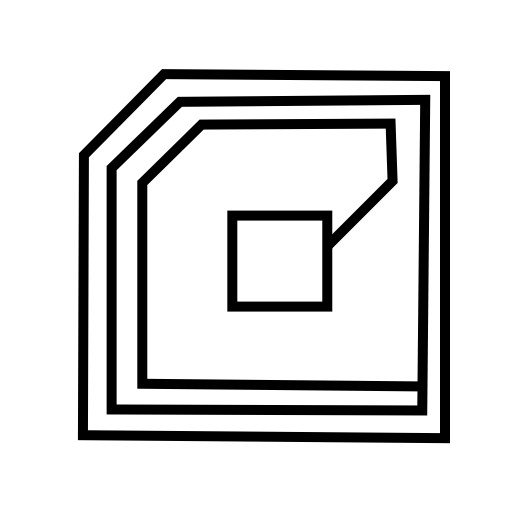Dynamics in Post-pandemic Global Next Generation Sequencers Industry: Supply and Demand, Markets and Prices 2021-2027
Type: PDF
Status: Published
Categories: Aerospace and Defence
Report Code : OTHER213668
No. of Pages : 115
Figure Next Generation Sequencers Picture
Figure Global Next Generation Sequencers Sales Value (Million USD) and Growth Rate (2016-2027)
Figure Global Next Generation Sequencers Sales Value CAGR (2020-2027) by Region
Figure Global Next Generation Sequencers Sales Value Market Share by Company, 2020
Figure Product Picture of Sequencing by Synthesis (SBS)
Figure Product Picture of Ion Semiconductor Sequencing
Figure Product Picture of Sequencing by Ligation (SBL)
Figure Product Picture of Pyrosequencing
Figure Product Picture of Single-Molecule Real-time (SMRT) Sequencing
Figure Product Picture of Other
Figure Global Next Generation Sequencers Sales Value Market Share by Category, 2020
Figure North America Next Generation Sequencers Sales Value Market Share by Category, 2020
Figure Europe Next Generation Sequencers Sales Value Market Share by Category, 2020
Figure Asia Pacific Next Generation Sequencers Sales Value Market Share by Category, 2020
Figure Central & South America Next Generation Sequencers Sales Value Market Share by Category, 2020
Figure Middle East & Africa Next Generation Sequencers Sales Value Market Share by Category, 2020
Figure Next Generation Sequencers in Diagnostics
Figure Global Next Generation Sequencers Market: Diagnostics (2016-2021)
Figure Next Generation Sequencers in Drug Discovery
Figure Global Next Generation Sequencers Market: Drug Discovery (2016-2021)
Figure Next Generation Sequencers in Biomarker Discovery
Figure Global Next Generation Sequencers Market: Biomarker Discovery (2016-2021)
Figure Next Generation Sequencers in Personalized Medicine
Figure Global Next Generation Sequencers Market: Personalized Medicine (2016-2021)
Figure Next Generation Sequencers in Agriculture and Animal Research
Figure Global Next Generation Sequencers Market: Agriculture and Animal Research (2016-2021)
Figure Next Generation Sequencers in Others
Figure Global Next Generation Sequencers Sales Value Market Share by End User/Segment, 2020
Figure North America Next Generation Sequencers Sales Value Market Share by End User/Segment, 2020
Figure Europe Next Generation Sequencers Sales Value Market Share by End User/Segment, 2020
Figure Asia Pacific Next Generation Sequencers Sales Value Market Share by End User/Segment, 2020
Figure Central & South America Next Generation Sequencers Sales Value Market Share by End User/Segment, 2020
Figure Middle East & Africa Next Generation Sequencers Sales Value Market Share by End User/Segment, 2020
Figure Global Next Generation Sequencers Sales Value Market Share by Region (2016-2021)
Figure North America Next Generation Sequencers Sales Value (Million USD) Status (2016-2021)
Figure Europe Next Generation Sequencers Sales Value (Million USD) Status (2016-2021)
Figure Asia Pacific Next Generation Sequencers Sales Value (Million USD) Status (2016-2021)
Figure Central & South America Next Generation Sequencers Sales Value (Million USD) Status (2016-2021)
Figure Middle East & Africa Next Generation Sequencers Sales Value (Million USD) Status (2016-2021)
Figure North America Next Generation Sequencers Sales Value Market Share by Country, 2020
Figure United States Next Generation Sequencers Sales Value (Million USD) Status (2016-2021)
Figure Canada Next Generation Sequencers Sales Value (Million USD) Status (2016-2021)
Figure Mexico Next Generation Sequencers Sales Value (Million USD) Status (2016-2021)
Request For Request Sample

Published On: 04-12-21
Single User
US$ 2980*** Benefits ***
1. 15% Free customization
2. Two Countries can add as per your choice
3. Two Company can add as per your choice
4. 35+ Countries
*** Services ***
1. Quarterly Industry Update for Six Months
2. One personal Research Analyst Allocate to you
3. 24*7 Research Support
4. Query will be resolve with 48 hours
Multi User
US$ 4470*** Benefits ***
1. 25% Free customization
2. Excel Data Sheet
3. Two Countries can add as per your choice
4. Two Company can add as per your choice
35+ Countries
*** Services ***
1. Client will get one updated report for a year.
2. Quarterly Industry Update for 1 Year.
3. One research analyst will allocate to you.
4. Query will be resolved within 36 hours.
24*7 Research Support.
Corporate User
US$ 5960*** Benefits ***
1. 25% Free customization
2. Excel Data Sheet
3. Two Countries can add as per your choice
4. Two Company can add as per your choice
5. 35+ Countries
*** Services ***
1. Client will get one updated report for a year.
2. Quarterly Industry Update for 1 Year.
3. One research analyst will allocate to you.
4. Query will be resolved within 36 hours.
5. 24*7 Research Support.

 +918421517810
+918421517810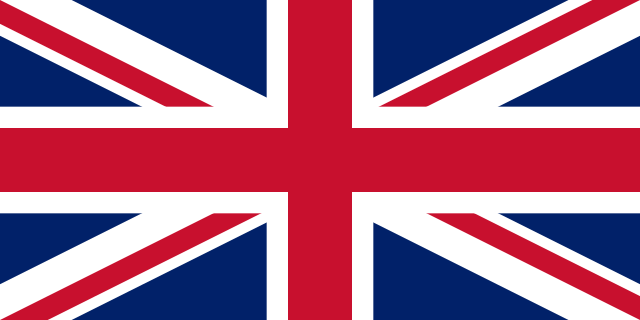 +442921251543
+442921251543
